PPT-Data Structures Haim Kaplan
Author : mitsue-stanley | Published Date : 2019-03-19
and Uri Zwick February 2010 Lecture 2 Amortized Analysis amortized analysis finds the average running time per operation over a worstcase sequence of operations
Presentation Embed Code
Download Presentation
Download Presentation The PPT/PDF document "Data Structures Haim Kaplan" is the property of its rightful owner. Permission is granted to download and print the materials on this website for personal, non-commercial use only, and to display it on your personal computer provided you do not modify the materials and that you retain all copyright notices contained in the materials. By downloading content from our website, you accept the terms of this agreement.
Data Structures Haim Kaplan: Transcript
Download Rules Of Document
"Data Structures Haim Kaplan"The content belongs to its owner. You may download and print it for personal use, without modification, and keep all copyright notices. By downloading, you agree to these terms.
Related Documents





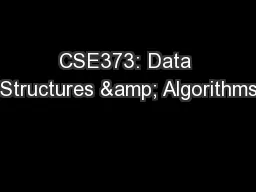

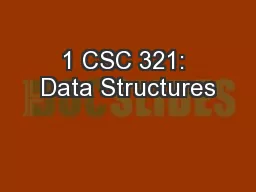
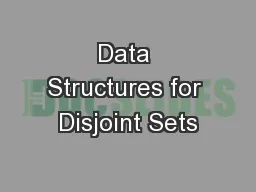
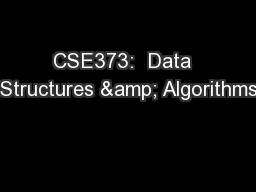
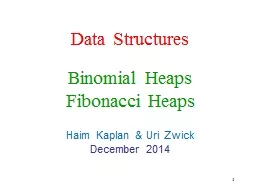
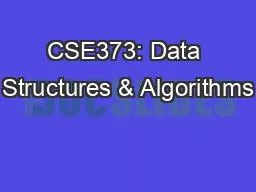
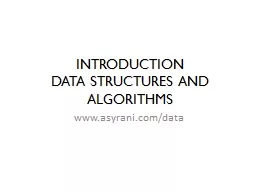

![[DOWNLOAD] - Kaplan Scholarships 2014 (Kaplan Test Prep)](https://thumbs.docslides.com/905688/download-kaplan-scholarships-2014-kaplan-test-prep.jpg)